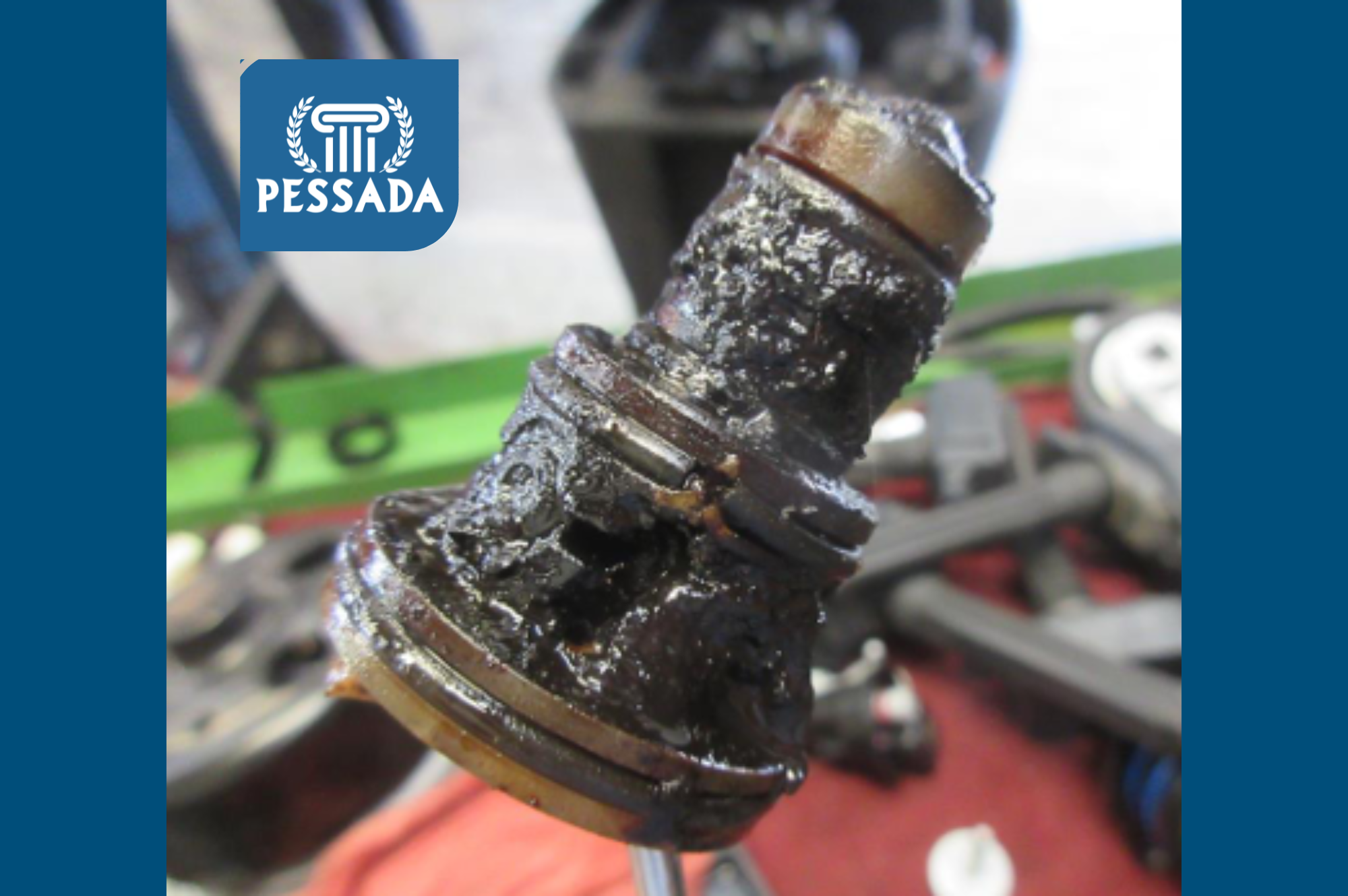How Dealerships Can Turn Vehicle Service Contracts into Long-Term Profits: Proven Reserve Strategies for 2025

Why Vehicle Service Contracts Are Dealership Profit Engines
In today’s dealership environment, margins on new vehicles remain razor-thin, and competition is fiercer than ever. That’s why F&I products dealership revenue, particularly Vehicle Service Contracts (VSCs), play such a critical role in profitability.
According to a 2024 report by F&I Magazine, dealers who effectively integrate VSCs into their F&I strategy see some of the highest returns per transaction across the dealership landscape. In fact, industry data suggests that dealership VSC revenue can generate between $500 and $1,500 per contract, depending on markup and reserve participation models.
This article explores vehicle service contract profits in detail, focusing on dealership reserve funds VSC, long-term strategies like reinsurance, and how to balance retrospective reserve vs upfront reserve models. By understanding and applying the right vehicle service contract reserve strategy, dealers can not only maximize dealership F&I profitability but also build wealth that compounds year after year.
Vehicle Service Contracts vs. Extended Warranties: Why Dealers Care About the Difference
Many consumers still confuse extended warranties vs VSC profits, but for dealers, the difference is critical:
-
Extended warranties are often manufacturer-backed, leaving little room for dealership profit.
-
Vehicle Service Contracts, however, allow for dealer markups, participation in reserves, and strategic revenue models that can significantly enhance bottom-line results【gravitylending.com】.
By positioning VSCs effectively, dealerships gain a competitive advantage, not just in immediate F&I gross profit, but also in long-term financial planning.
How Dealerships Make Money on VSCs
Dealerships monetize VSCs in multiple ways:
-
Dealer Markup Strategies
-
The retail price of a VSC often exceeds wholesale cost by hundreds of dollars, providing an upfront revenue boost.
-
Effective VSC dealer markup strategies balance consumer affordability with dealership profitability.
-
-
Participation in Reserve Accounts
-
A vehicle service contract reserve strategy allows dealers to share in underwriting profit.
-
Funds are set aside to pay future claims, and unused reserves are eventually released back to the dealer, creating recurring income.
-
-
Reinsurance & Retrospective Programs
-
Advanced strategies like dealer participation program VSC and reinsurance trusts allow dealerships to control reserves and earn investment income.
-
This transforms VSCs into long-term profit centers rather than one-time sales 【kerper-bowron.com】.
-
Understanding Reserve Accounts: The Foundation of VSC Profitability
At the heart of every service contract profitability model is the reserve account.
-
Definition: A reserve account holds a portion of each VSC sale to pay for covered claims.
-
Benefit: By setting aside reserves, dealers protect the customer, enhance credibility, and establish a long-term revenue pipeline.
-
Impact on Cash Flow: While reserves delay immediate profit recognition, they strengthen the dealership’s financial stability.
This is where the strategic choice between upfront reserves vs retrospective reserves becomes vital.
Retrospective Reserve vs. Upfront Reserve Strategies
Every dealership must choose how to structure its VSC reserves:
-
Upfront Reserves
-
Provide immediate cash flow and quick revenue recognition.
-
Ideal for dealerships focused on short-term profitability or those with limited cash reserves.
-
-
Retrospective Reserves
-
Hold funds to cover claims and release unused amounts at the end of the program period.
-
Offer larger long-term payouts, making them attractive for well-capitalized dealerships aiming to maximize long-term VSC profitability strategies.
-
-
Hybrid Approaches
-
Some dealers use blended models to balance liquidity and long-term growth.
-
VSC Profitability Models: From Retail Markup to Reinsurance
Dealerships have several models to structure how dealerships make money on VSCs:
-
Straight Retail Markup
-
Immediate revenue but no participation in reserves.
-
Works best for smaller stores or low-volume operations.
-
-
Dealer Participation (Retro) Programs
-
Dealers earn profit from unused reserves after claims are paid.
-
Offers a middle ground between short-term and long-term profitability.
-
-
Reinsurance Programs
-
Dealership-owned reinsurance companies hold and invest reserve funds.
-
Maximizes control and allows significant long-term wealth building.
-
Particularly popular with dealer groups focused on succession planning and generational wealth.
-
How Much Profit Can Dealers Expect from VSCs?
The average profit margin on VSCs is strong compared to many other F&I products:
-
$500–$1,500 per contract sold in immediate margin.
-
Additional long-term reserve or reinsurance income can double or triple that amount over time.
-
As repair costs rise, especially with advanced EV components, the value perception of VSCs continues to grow, making penetration easier.
In fact, the average auto repair now costs $500–$1,200 according to AAA, which makes selling the peace of mind of a VSC easier than ever.
The Role of the F&I Manager in VSC Profitability
Your F&I managers are the front line in driving dealership VSC revenue. Success depends on:
-
Building value around repair cost inflation.
-
Presenting service contract profitability models without pressure.
-
Aligning contract features with customer needs.
-
Choosing the right reserve strategy based on dealership goals.
According to NADA’s 2024 Dealership Financial Profile, dealers with well-trained F&I managers see up to a 20% higher penetration rate in VSCs compared to undertrained peers.
VSCs and Customer Retention in Fixed Ops
One of the hidden benefits of VSCs is how they drive customers back to the dealership for service.
-
Customers with VSCs are 40% more likely to return for service, according to Deloitte’s 2024 Global Automotive Study.
-
This boosts fixed ops profitability, improves CSI scores, and strengthens long-term loyalty.
Thus, VSCs aren’t just about F&I gross profit, they’re also critical tools for sustaining service drive volume.
Proven Strategies for 2025: How to Maximize Vehicle Service Contract Profits
-
Educate and Train F&I Teams
-
Equip managers with data on average repair costs.
-
Use storytelling to anchor value (“If a single transmission repair costs $4,000, this plan pays for itself”).
-
-
Align Reserve Strategy with Business Goals
-
Short-term liquidity → upfront reserves.
-
Long-term wealth → retrospective or reinsurance strategies.
-
-
Diversify Protection Products
-
Pair VSCs with tire & wheel, GAP, key replacement, and windshield protection for bundled profitability.
-
-
Leverage Digital Tools & AI
-
Emerging platforms now use AI to recommend personalized VSC coverage based on mileage and driving habits.
-
-
Promote Post-Sale Engagement
-
Dealers who market VSCs after the point of sale capture additional revenue while enhancing customer retention by using products like Thvnder.io.
-
Turning VSCs Into Sustainable Dealership Profits
As vehicle service contract profits continue to outpace many other F&I products, dealerships that master reserve strategies will be best positioned for success in 2025 and beyond. Whether through upfront reserves, retrospective programs, or reinsurance structures, the key is aligning financial strategy with long-term business goals.
By viewing VSCs not just as transactional sales but as long-term investments in profitability and customer loyalty, dealerships can create a powerful, sustainable revenue stream.
👉 For more insights into maximizing dealership revenue and F&I performance, visit our Education Center.


